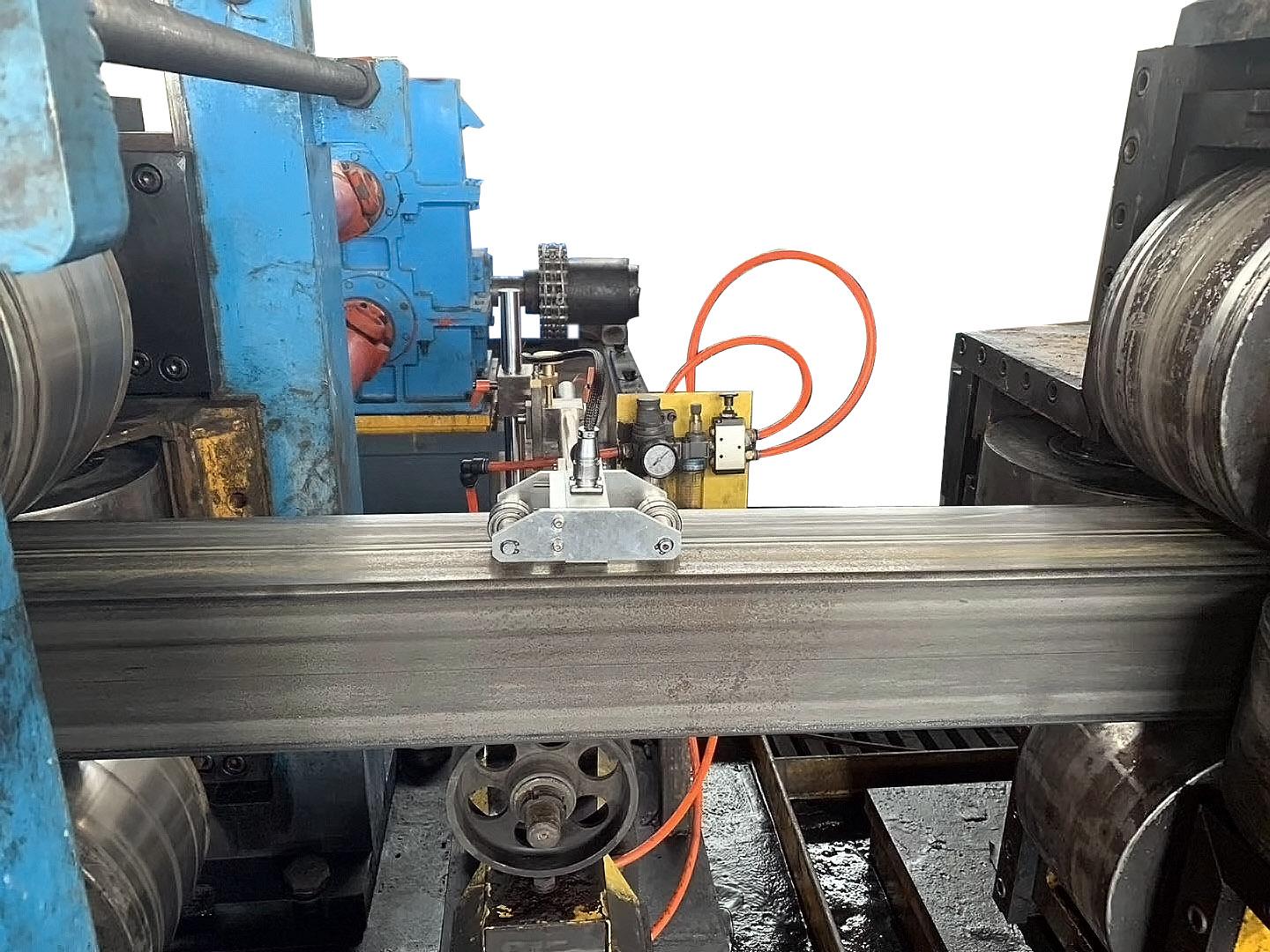
The eddy current weld testing process relies on the material characteristic called electromagnetic induction. When an alternating current passes through the conductor (such as the copper coil), there will be an alternating current magnetic field around the coil, and with the rise and fall of the alternating current, the magnetic field will extend and contract. If the coil is then brought close to another electrical conductor, the fluctuating magnetic field around the coil will penetrate into the material, and according to Lenz's law, there will be eddy currents flowing in the conductor. This kind of eddy current, in turn, generates its own magnetic field. This "secondary" magnetic field is the opposite of the "primary" magnetic field and therefore affects the current and voltage flowing in the coil.
Any change in the electrical conductivity of the material being examined, such as near-surface defects or thickness differences, will affect the magnitude of the eddy current. This kind of change can be detected by using the primary coil or the second detector coil, which forms the basis of the eddy current weld inspection equipment.

Permeability is the degree to which the material is easily magnetized. The greater the permeability, the smaller the penetration depth. The permeability of non-magnetic metals (such as austenitic stainless steel, aluminum, and copper) is very low, while the permeability of ferritic steel is hundreds of times higher.
On the surface, the eddy current density is relatively higher, and the defect sensitivity is the greatest and decreases according to increasing depth. The rate of decrease hinges on the "electrical conductivity" and the "permeability" of the metal. The electrical conductivity of the material will affect the penetration depth. In metals with high electrical conductivity, the eddy currents on the surface are greater, while in metals such as copper and aluminum, the permeability decreases. Click here to see more eddy current equipment for sale.
The penetration depth can be changed by altering the frequency of the alternating current. The lower the frequency, the greater the penetration depth. Therefore, the high frequency can be used to detect near-surface defects, while the low frequency can be used to detect relatively deeper defects. Unfortunately, as decreasing the frequency provides greater penetration, the defect detection sensitivity also decreases. Therefore, for each test, there will be an optimal frequency to provide the required penetration depth and sensitivity.

